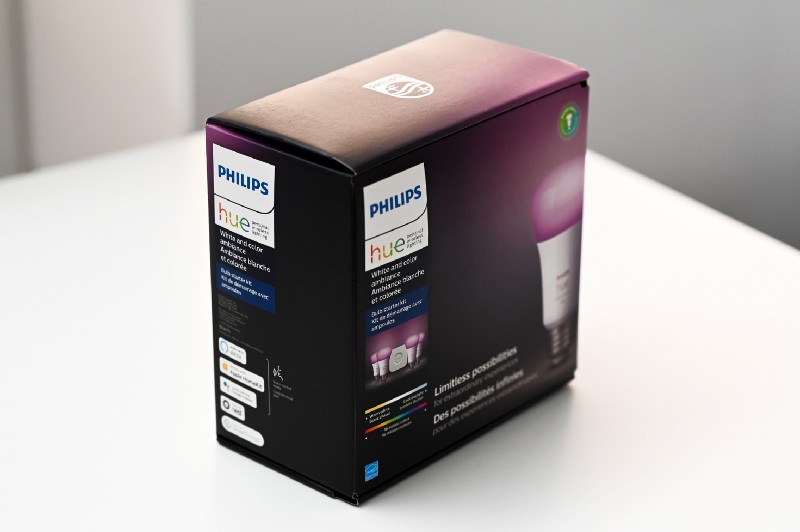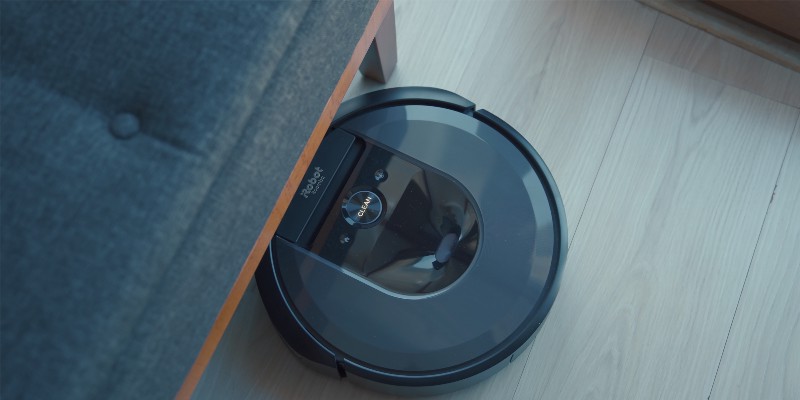When I starts thinking of automating home routine, I googled on automation gadgets and the price tags scared me away. I starts automation with minimum budget and with no complication. The piece is for people who want to create common automation tasks with 1 or 2 gadgets. It might be a different take for some people but I think it can help you kickstart your home automation project with less doubt.
1st - Ecosystem: Google, Amazon vs Apple
The short answer is Amazon Alex, no matter you are using Apple or Android devices. Why? It have the most mature ecosystem and supported by various 3rd party devices, compared with Apple or Google devices. I got Echo dot 4th gen with a very good deal and it is working as I wanted. You can choose Echo Show if you prefer the one with screen to make a call and visual display. You can find out other 3rd party Alex supported devices as well. However, I recommended Echo dot because it seems to be the cheapest for me. So, this will be the heart of your automation command center. Again, please understand that this is based on consideration points with affordability and for better ecosystem.
2nd - Accessories
After picking out the automation hub, the 2nd step is to get devices to convert your analog electrical system into smart devices. There are 6 categories of devices that fits in for common home use as the following:
- Plugs: Smart switches or power strips that you can control via voice commands or from mobile apps
- Lights: Light bulbs and strips that can change colors and control via your automation hub
- Sensors: light, smoke, fire, motion sensors for follow-up actions
- Cameras: indoor/outdoor cameras for security purpose and surveillance of your home
- Security: smart door locks and alarm systems
- Entertainment (Audio/ Video): sound bars to entertainment hub including Amazon Echo devices, Smart TVs & Soundbars

Again, we are working for a tight budget automation system and focus on minimum investment. Before buying anything, you can integrate your existing smart devices to Alexa and perform device discovery. At this point, my vacuum cleaner, bedroom thermometer, air purifier, smart tv are integrated to Amazon Alexa and I can voice command and schedule to automate. I reflect on the gap on additional automation tasks and routines I want to create. In the end, the shopping list goes to 2 smart plugs/switches and small light sensors for kitchen counter and wardrobe.
After a research on smart plugs, I found out that Tapo smart plugs is quite affordable and I like that it don’t required a hub to connect to internet. Each plugs can connect directly to your phone app and Alexa compatibility as well. A rechargeable LED light bar from Baseus is also a good find since it have built-in motion sensor and easy to install.
I don’t find a need for camera and color light bulb and security system since I resides in a condominium with good physical security.
3rd - Automation flow
This is time to list down to create your automation flows. Before that, I want to mention 1 automation app that you might want to use. It’s called IFTTT that you can connect with your Amazon Alexa account and create automation flows with other internet apps. I created some basic flows such as syncing Alexa shopping and to-do list to my Apple Reminder lists. If you run out of ideas, check out some of the automation ideas here.
You can also enable Alexa Skills and create routines that works for you. The triggers can be either time, location, voice command or sensor detection. Amazon alexa team also rolling out some voice detection to create notification such as appliance beeping, dog bark and cough and so on. I found some of these routines quite interesting.

To sum up, all that I spent for this baseline automation set up costs me roughly around 100 USD with 5 items (Echo dots, 2 Smart plugs and 2 motion sensor light bar. Pretty sweet deal for me. So, think of these tips when you are trying to start a home automation:
- Check your existing appliances and devices for its compatibility to narrow down the ideal ecosystem for you.
- List out what you want to achieve and break down into automation tasks
- Find the gaps and identify devices/gadgets that you need to invest. Keep in mind. Go for reputable brands.
- Revisit for improvement and use the most out of the devices features. Believe me there is at least a thing or two that surprises these devices capable of.
If you find something cool, let me know at twitter🐦.

